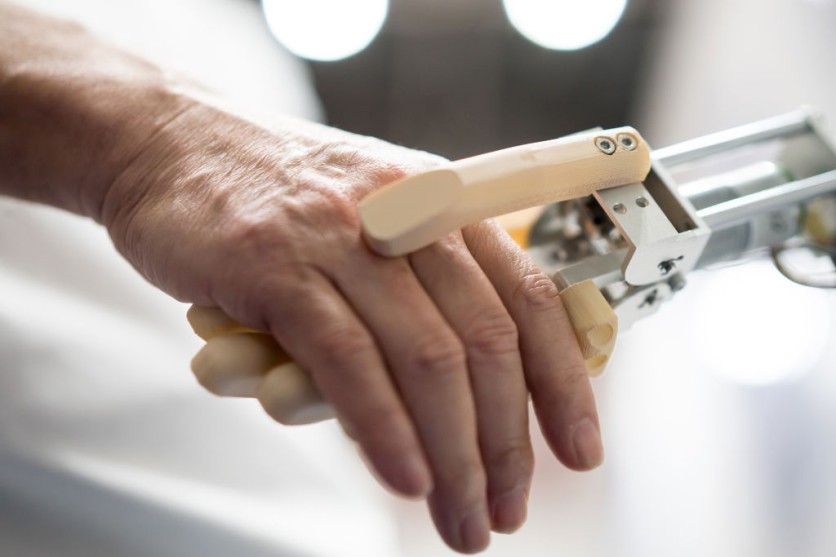Robotic surgeries continue to advance worldwide, with the most recent one being a record-setting survival rate in a Saudi Arabian hospital. In June, a competent Chinese medical team also achieved a pioneering milestone by executing a remote robotic surgery at a practical frontier conference.
Saudi Arabia's King Faisal Specialist Hospital & Research Centre's robotic cardiac surgery program is reportedly significantly successful. In February 2019, it announced a 98% survival rate across 400 surgeries.

This achievement reinforces the hospital's status as an international pioneer in robotic cardiac care. The institution reported substantial gains in patient outcomes compared to conventional surgical approaches. Its historic survival rate is more encouraging because KFSH&RC is the world's "only" hospital that performs robotic heart surgery on children.
According to the hospital, automated procedures have resulted in fewer blood transfusions and shorter stays on artificial ventilation. This, in turn, enables patients to recover faster and with fewer problems.
Furthermore, the minimally invasive approach of robotic treatments has resulted in almost 50% shorter hospital stays. This reduction in hospital stays results in a 40% cost savings over traditional procedures. Furthermore, it permits patients to resume their normal life more rapidly.
The KFSH&RC Robotic Cardiac Surgery Program has been at the forefront of innovation. It has treated a wide variety of complicated cardiac diseases. The facility has completed robotic multi-valve surgeries, aortic valve replacements, and other complex procedures.
In its first year, it performed 105 robotic heart surgeries. Since then, the program has expanded fast, with 400 successful procedures.
China's Remote Robotic Surgery
Most recently, in China, a remote robotic surgical procedure was performed with relative ease, becoming another example of the growing utilization of robots in healthcare.
The team, led by Zhang Xu, a famous academic representing the Chinese Academy of Sciences (CAS) and director of the urology department of the Third Medical Center of the People's Liberation Army (PLA) General Hospital, performed the surgery simultaneously in Rome, Italy, and Beijing, China.
The distance between the two places was around 8,100 kilometers, posing a tremendous obstacle. Despite a communication distance of almost 20,000 kilometers, the medical procedure was flawlessly planned.
Zhang used a self-developed remote surgical robot from Rome, while a robot at Beijing's PLA General Hospital accurately followed his directions on a prostate cancer patient.
According to Zhang, communication is the most significant challenge in telesurgery, also known as remote surgery. It only worsens with the wait at several sites.
However, Zhang stated that the entire procedure was seamless because no delays occurred. He remarked that long-distance surgery was nearly identical to physical surgery. His ability to do the procedure with little latency demonstrated modern communication technology, ensuring real-time precision.
Future Robotic Surgery Developments
Another significant development is that BrainBridge, a business run by Berlin-based molecular scientist Hashem Al-Ghaili, has recently announced ambitions to employ robots to undertake head transplant surgery within the next decade.
This ambitious concept combines modern robots and artificial intelligence to perform difficult head and face transplant surgeries. The program focuses on serious medical issues such as terminal illnesses, neurological disorders, paralysis, and many more.
Related Article : MIT Develops Prosthetic Legs Controlled by Amputees' Nervous System


![Apple Watch Series 10 [GPS 42mm]](https://d.techtimes.com/en/full/453899/apple-watch-series-10-gps-42mm.jpg?w=184&h=103&f=9fb3c2ea2db928c663d1d2eadbcb3e52)


